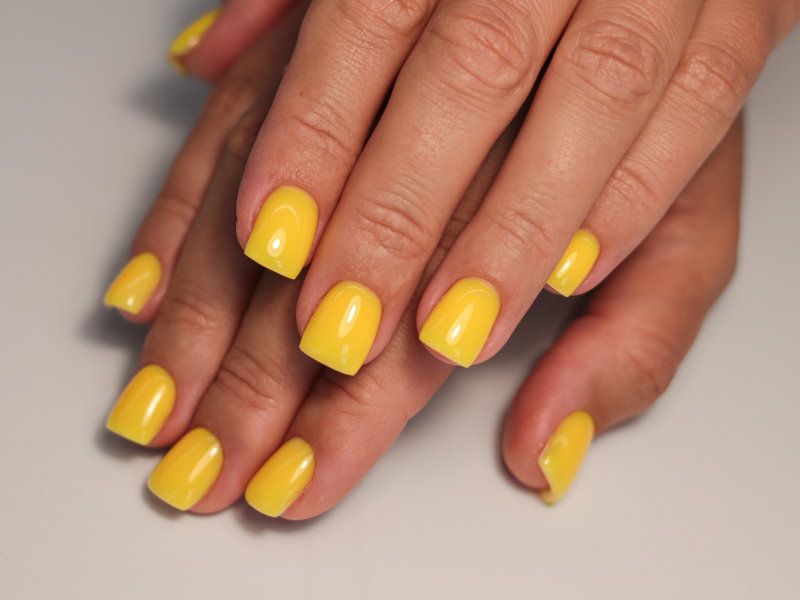
Contents
Introduction: Prioritizing Nail Health and Protection
As a skilled nail technician, you understand the importance of nail health and protection for your clients. The choice of nail shape plays a crucial role in safeguarding natural nails from damage and ensuring durability. In this post, we will explore the most protective nail shape options, such as round, oval, square, and squoval, delving into their unique characteristics and benefits to help you guide your clients towards the best nail shape for enhanced nail protection.
Understanding Different Nail Shapes and Their Protective Qualities
Round Nails: Classic Simplicity and Strength
Round nails feature a gentle curve along the sides and a flat tip, creating a timeless and natural look. This classic shape offers excellent protection by minimizing the risk of snagging or breaking due to its lack of sharp edges.
Oval Nails: Elegance and Durability
Oval nails boast a rounded shape with a slightly elongated tip, providing both elegance and durability. The soft edges of oval nails contribute to their protective nature, making them less susceptible to accidental chips or cracks.
Square Nails: Edgy and Resilient
Square nails present a straight, flat edge with sharp corners, offering a bold and edgy appearance. While square nails may seem less protective at first glance, they provide sturdy tips that can withstand daily wear and tear.
Squoval Nails: The Best of Both Worlds
Squoval nails combine the features of square and oval shapes, offering the best of both worlds. This hybrid shape provides a flat, straight edge like square nails, while the rounded corners enhance the protective qualities.
Factors to Consider When Recommending a Protective Nail Shape
Natural Nail Length and Thickness
The natural length and thickness of a client’s nails significantly influence the protective aspect of a chosen nail shape. Longer nails, such as oval and squoval, may provide more coverage and protection.
Client’s Lifestyle and Activities
Understanding a client’s lifestyle and daily activities is essential in recommending a protective nail shape. Individuals with active lifestyles may benefit from more protective shapes that withstand frequent use.
Nail Flexibility and Strength
The natural flexibility and strength of a client’s nails are crucial factors in determining the ideal protective shape. Clients with weaker or more flexible nails may require shapes that offer enhanced protection.
Tips and Techniques for Shaping Protective Nails
Proper Nail Preparation
Prioritize proper nail preparation to ensure the selected nail shape adheres securely and remains protective for an extended period.
Educate Clients on Nail Care
Provide clients with valuable tips on nail care and maintenance to preserve the protective qualities of their chosen nail shape.
Personalized Recommendations
Tailor your recommendations to each client’s specific needs and preferences, considering their natural nail condition and desired level of protection.
Conclusion: Guiding Clients Towards Protective Nail Shapes
As a skilled nail technician, recommending the most protective nail shape for each client is a testament to your expertise and commitment to nail health. Whether it’s round, oval, square, or squoval, each nail shape offers unique protective qualities, ensuring durability and minimizing the risk of damage. By understanding your clients’ needs, educating them on nail care, and providing personalized recommendations, you can guide them towards the best nail shape that complements their lifestyle and safeguards their natural nails effectively. Empower your clients with the knowledge they need to maintain strong, protected, and beautiful nails, ensuring their confidence and satisfaction with every visit.
